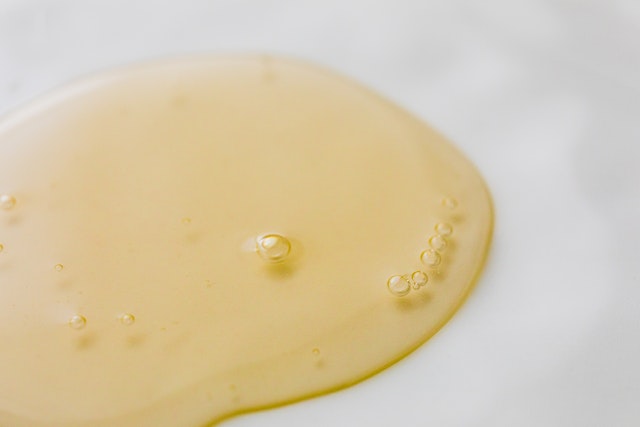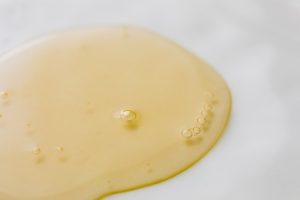Seed oils and vegetable oils can hide in various foods, both processed and restaurant-prepared. In this article, we unveil the unexpected sources of these oils in your diet. By shedding light on where these oils may be lurking, we empower you to make informed dietary choices and regain control over your nutritional intake.
Processed Foods and Snacks
- Potato Chips: Many brands of potato chips and similar snacks use seed oils like sunflower oil for frying, which can be high in omega-6 fatty acids.
Photo by Ron Lach : https://www.pexels.com/photo/a-person-cooking-french-fries-8879638/ - Crackers and Baked Goods: Check the ingredient labels of crackers, cookies, and baked goods, as they often contain vegetable oils like soybean oil for texture and flavor.
- Salad Dressings: Even seemingly healthy salads can become high in omega-6 fatty acids if you use store-bought dressings, which are often made with soybean or canola oil.
- Granola Bars: Some granola bars use vegetable oils for binding and moisture, making them a potential source of these oils.
Fast Food and Restaurant Dishes
- French Fries: Many restaurants and fast-food chains use seed oils for deep-frying, so French fries can be high in omega-6 fatty acids.
- Deep-Fried Foods: Other deep-fried items like chicken tenders, onion rings, and mozzarella sticks may also be cooked in oils rich in omega-6.
- Salad Toppings: Be cautious with salad toppings, as croutons and fried toppings are often cooked in vegetable oils.
- Dressings and Sauces: Restaurant salad dressings, stir-fry sauces, and dipping sauces may contain vegetable oils.
Baking and Cooking at Home
- Boxed Baking Mixes: Some baking mixes, including pancake and muffin mixes, may require the addition of vegetable oil.
- Pre-Packaged Sauces: Check the ingredients of pre-packaged sauces, gravies, and marinades, as they may contain vegetable oils.
- Non-Stick Cooking Spray: Cooking sprays often use vegetable oils to prevent sticking, so consider alternatives like olive oil or butter.
Hidden Culprits in Convenience Foods
- Frozen Meals: Many frozen entrees and microwaveable meals contain seed oils and vegetable oils for flavor and texture.
- Canned Soups: Check the labels of canned soups, as some may include vegetable oils.
- Condiments: Mayonnaise, ketchup, and other condiments may contain soybean or canola oil, so select options with healthier oil choices.
Making Informed Dietary Choices
- Read Labels: Always read ingredient labels to identify oils used in processed foods and snacks.
- Ask at Restaurants: When dining out, don’t hesitate to ask restaurant staff about the types of oils used in cooking and salad dressings.
- Cook at Home: Preparing meals at home allows you to have more control over the oils used in your dishes.
- Choose Healthier Options: Opt for products and dishes that use oils with a better balance of fatty acids or healthier alternatives like olive oil or avocado oil.
Photo by Karolina Grabowska: https://www.pexels.com/photo/transparent-yellowish-liquid-on-white-surface-4465831/
Conclusion: Taking Control of Your Oil Intake
Being aware of where seed oils and vegetable oils may hide in your diet is essential for making informed dietary choices. By identifying these hidden culprits, you can take control of your nutritional intake, reduce the consumption of potentially harmful oils, and prioritize healthier options in your meals.












